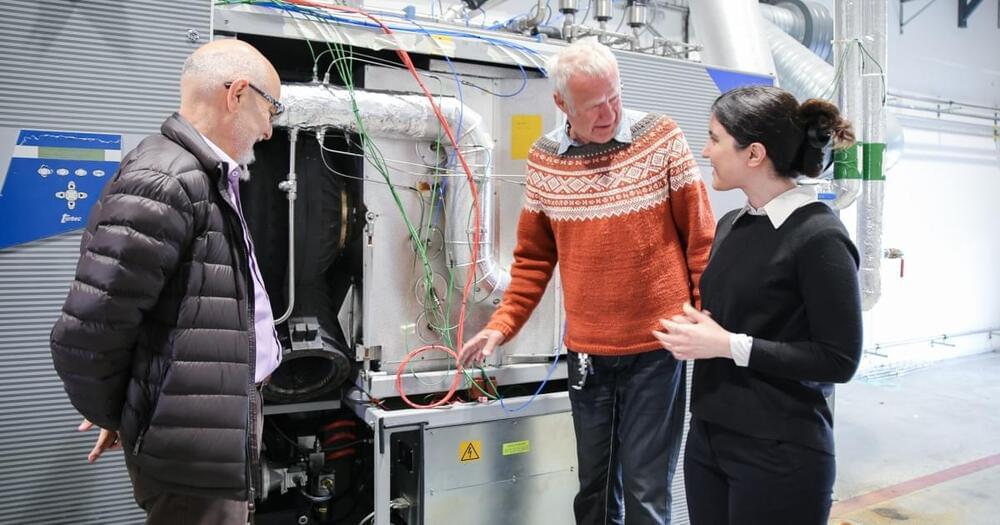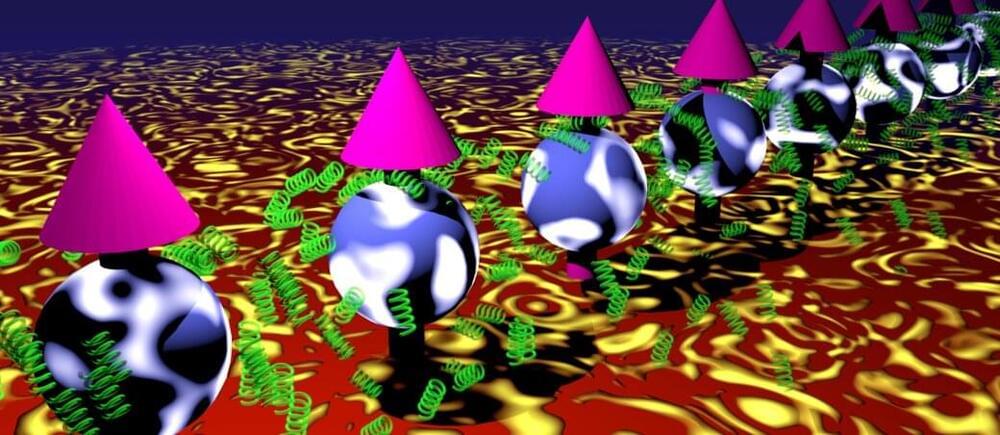University of Stavanger operates a micro gas plant in south-west Norway. The gas turbine produces both heat and electricity. It also supplies hot water for heating the laboratory buildings in the immediate area. In addition, surplus energy is supplied to power provider Lyse’s district heating and electricity grids. All energy is used efficiently.
The researchers have been working on developing a method for using pure hydrogen as fuel in the gas turbine. The goal is to produce electricity with zero CO2 emissions. In mid-May 2022, an important milestone was reached. They started running the turbine on 100 percent hydrogen.
Researchers at the University of Stavanger (UiS) have managed to run a gas turbine on 100 percent hydrogen.







